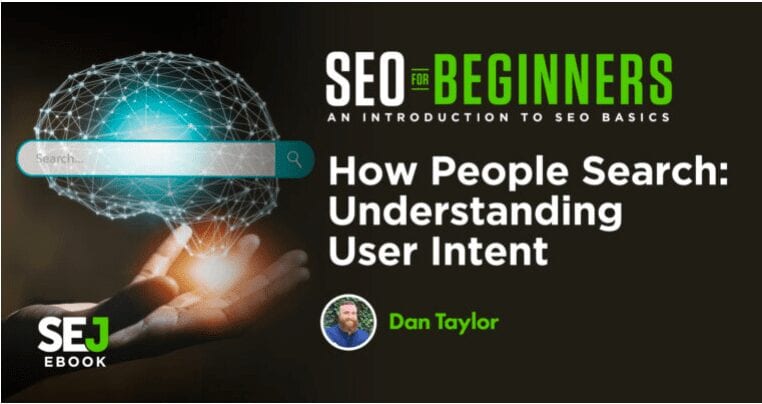Read about the types of search intent, how user intent and content you produce are related to each other, and how search engines understand intent.
In Google’s earlier days, the search engine relied heavily on plain text data and backlinks to establish rankings through periodic monthly refreshes (known as the Google Dance).
Since those days, Google search has become a sophisticated product with a plethora of algorithms designed to promote content and results that meet a user’s needs.
To a certain extent, a lot of SEO is a numbers game. We focus on:
- Rankings.
- Search volumes.
- Organic traffic levels.
- Onsite conversions.
That’s because these metrics are what we are typically judged by as SEO professionals – and for the most part, can be measured across competitor websites (through third-party tools).
Clients want to rank higher and see their organic traffic increasing and, by association, leads and sales will also improve.
When we choose target keywords, there is the tendency and appeal to go after those with the highest search volumes, but much more important than the keyword’s search volume is the intent behind it.
There is also a tendency to discount any search phrase or keyword that has a low or no, search volume based on the fallacy of it offering no “SEO value,” but this is very niche dependent.
This is a key part of the equation that is often overlooked when content is produced, it’s great that you want to rank for a specific term, but the content has to not only be relevant but also satisfy the user intent.
This chapter will explain not only the different categorizations of search intent but also:
- How intent relates to the content and website experiences, we choose to produce.
- How the search engines establish user intent based on a simple query input.
The Science Behind Intent
In 2006, a study conducted by the University of Hong Kong found that at a primary level, search intent can be segmented into two search goals.
- A user is specifically looking to find information relating to the keyword(s) they have used.
- A user is looking for more general information about a topic.
A further generalization can be made, and intentions can be split into how specific the searcher is and how exhaustive the searcher is.
Specific users have a narrow search intent and don’t deviate from this, whereas an exhaustive user may have a wider scope around a specific topic or topics.
The search engines are also making strides in understanding both search intent. Google’s Hummingbird and Yandex’s Korolyov and Vega are just two examples of these.
Google & Search Intent
There have been a lot of studies conducted into understanding the intent behind a query, and this is reflected by the types of results that Google displays.
Google’s Paul Haahr gave a great presentation in 2016, looking at how Google returns results from a ranking engineer’s perspective.
The same “highly meets” scale can be found in the Google Search Quality Rating Guidelines.
In the presentation, Haahr explains basic theories on how if a user is searching for a specific store (e.g., Walmart), they are most likely to be looking for their nearest Walmart store, not the brand’s head office in Arkansas.
The Search Quality Rating Guidelines echo this. Section 3 of the guidelines details the “Needs Met Rating Guidelines” and how to use them for content.
The scale ranges from Fully Meets (FullyM) to Fails to Meet (FailsM) and has flags for whether or not the content is porn, foreign language, not loading, or is upsetting/offensive.
The raters are not only critical of the websites they display in web results but also the special content result blocks (SCRB), aka Rich Snippets, and other search features that appear in addition to the “10 blue links”.
One of the more interesting sections of these guidelines is 13.2.2, titled: Examples of Queries that Cannot Have Fully Meets Results.
Within this section, Google details that “Ambiguous queries without a clear user intent or dominant interpretation” cannot achieve a Fully Meets rating.
The example given is the query [ADA], which could be either the American Diabetes Association, the American Dental Association, or a programming language devised in 1980. As there is no dominant interpretation of the internet or the query, no definitive answer can be given.


